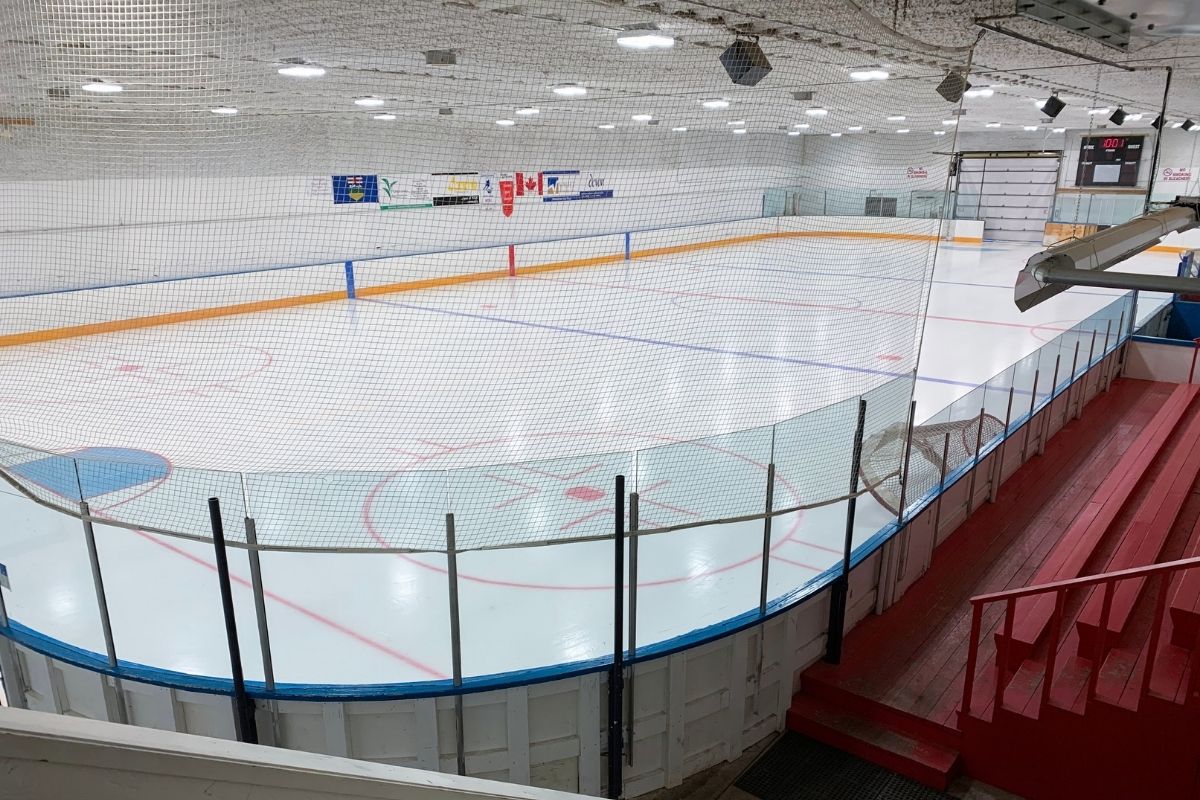Quick Facts
- Topics
- Decarbonization • Smart Buildings • Legislation and Incentives • Services
Calculating a Gigaton
Emissions calculations often result in a staggering number, but just how big is a gigaton anyway?3
Let’s break down emissions reduction into something easier to grasp.
- 1 gigaton is 1 billion Metric tons
- 10 Metric Tons of CO2 equivalent emissions, is similar to:
- 25,635 miles driven by an average gas-powered car
- A year’s worth of electricity for 1.3 homes
- 1,216,426 smartphones charged
Read Our Related Content
-
 What’s the Big Deal About the Refrigerants in My AC System?
What’s the Big Deal About the Refrigerants in My AC System?Hear from Trane refrigerant expert, Keri Taylor, on upcoming and ongoing changes to refrigerant use in commercial buildings, what you can do to ensure you are ready, and how Trane can help.
June 15, 2023
-
 Kneehill County's Ron Gorr Memorial Arena
Kneehill County's Ron Gorr Memorial ArenaThe aging ammonia chiller plant at Ron Gorr Memorial Arena in Torrington, Alberta, increasingly concerned Kneehill County leaders for safety and reliability reasons. The seasonal-use arena serves as a popular hub for Torrington residents and surrounding communities. The facility features a skating rink, two sheet curling rinks and a banquet hall.
Refrigerant Management
1. Project Drawdown, “Refrigerant Management,” web.
2. Project Drawdown, “Alternative Refrigerants,” web.
3. https://www.epa.gov/energy/greenhouse-gas-equivalencies-calculator
